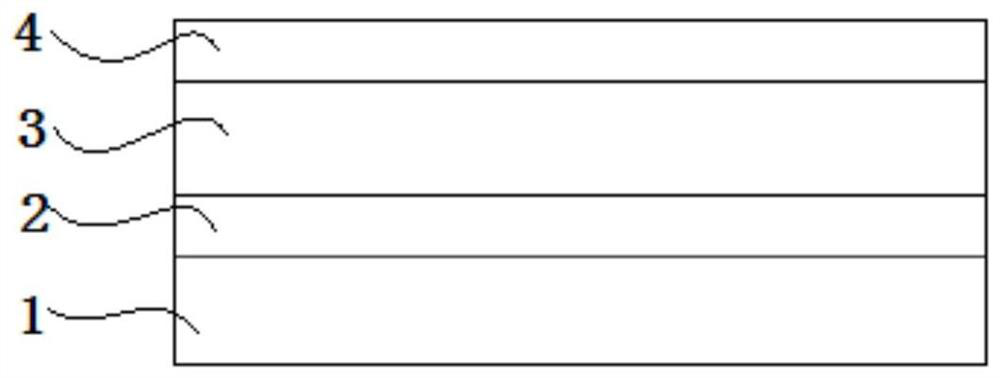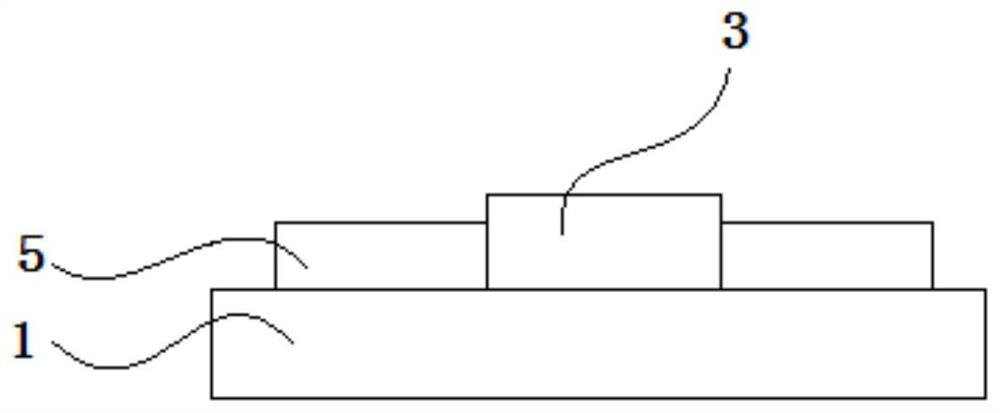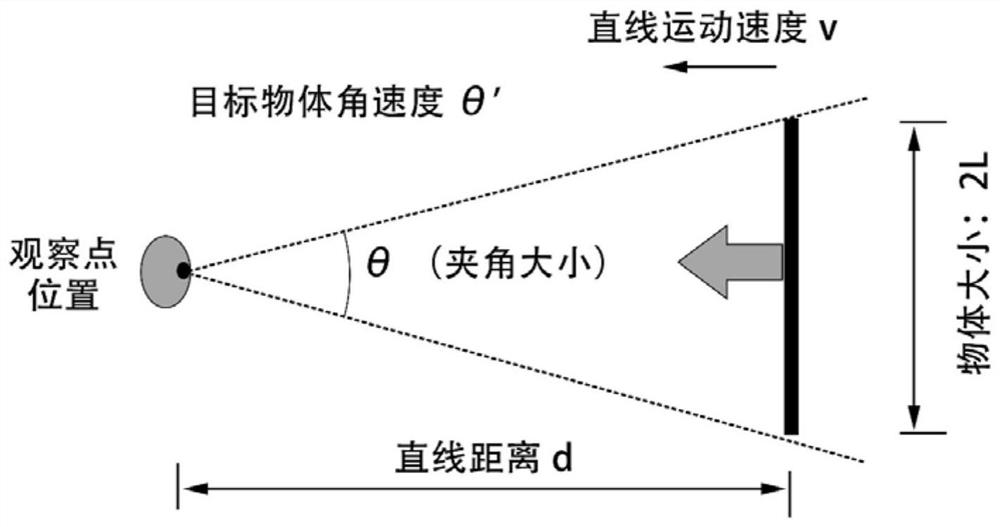Application of memristor with non-monotonically changing resistance state in collision prediction
A technology of changing resistance and memristor, applied in electrical components, manufacturing tools, manipulators, etc., can solve the problems of large sensing and computing systems, complex and efficient computing systems, and insufficient degrees of freedom, achieving good application prospects and easy operation. , the effect of low cost
- Summary
- Abstract
- Description
- Claims
- Application Information
AI Technical Summary
Problems solved by technology
Method used
Image
Examples
Embodiment 1
[0024] A method for preparing a memristor with a non-monotonic changing resistance state, the memristor has a vertical structure, and the schematic diagram of the structure is shown in figure 1 As shown, it includes a substrate 1, a bottom electrode 2, a dielectric layer 3 and a top electrode 4 arranged in sequence from bottom to top; in this embodiment, the substrate 1 is a glass sheet, the bottom electrode 2 is Ag, and the dielectric layer 3 is made of CsPbBr 3 and few-layer black phosphorus nanosheets (FLBP) as the heterojunction material containing perovskite quantum dots prepared by raw materials, the top electrode 4 is ITO; the memristor made in this embodiment is recorded as ITO / (CsPbBr 3 / FLBP) / Ag / glass substrate, the preparation steps are as follows:
[0025] Step 1 (cleaning): Put the glass piece into a beaker, add a few drops of Decon cleaning agent and an appropriate amount of ultrapure water, and ultrasonicate the beaker for 10 minutes. Take out the beaker and ad...
Embodiment 2
[0037] Referring to the preparation method of the memristor in Example 1, the difference between Example 2 and Example 1 is that the top electrode of the memristor prepared in Example 2 is Ag, and the bottom electrode is ITO, that is, the memristor prepared in Example 2 The memristor is denoted as Ag / (CsPbBr 3 / FLBP) / ITO / glass substrate. For the preparation method, refer to the process in Example 1, only step 4 and step 8 need to be replaced.
Embodiment 3
[0039] A method for preparing a memristor with a non-monotonic changing resistance state, the memristor has a horizontal structure, and the schematic diagram of the structure is shown in figure 2 As shown, it includes a substrate 1 at the bottom, a pair of horizontal electrodes 5 and a dielectric layer 3 are arranged on the top of the substrate 1; the dielectric layer is located between the two horizontal electrodes; the substrate 1 is SiO in this embodiment 2 / Si substrate, the horizontal electrode is composed of an alloy of Cr and Ag (recorded as Cr / Ag), and the dielectric layer 3 is the same as that in Example 1; the memristor made by this embodiment is denoted as (Cr / Ag) Ag) / (CsPbBr 3 / FLBP) / (Cr / Ag), its preparation steps are as follows:
[0040] With reference to step one to step seven in Example 1, the difference is that the following two points are different: (1) in step one of Example 2, SiO 2 / Si substrate replaces the glass plate that contains ITO electrode in emb...
PUM
 Login to View More
Login to View More Abstract
Description
Claims
Application Information
 Login to View More
Login to View More - R&D
- Intellectual Property
- Life Sciences
- Materials
- Tech Scout
- Unparalleled Data Quality
- Higher Quality Content
- 60% Fewer Hallucinations
Browse by: Latest US Patents, China's latest patents, Technical Efficacy Thesaurus, Application Domain, Technology Topic, Popular Technical Reports.
© 2025 PatSnap. All rights reserved.Legal|Privacy policy|Modern Slavery Act Transparency Statement|Sitemap|About US| Contact US: help@patsnap.com



